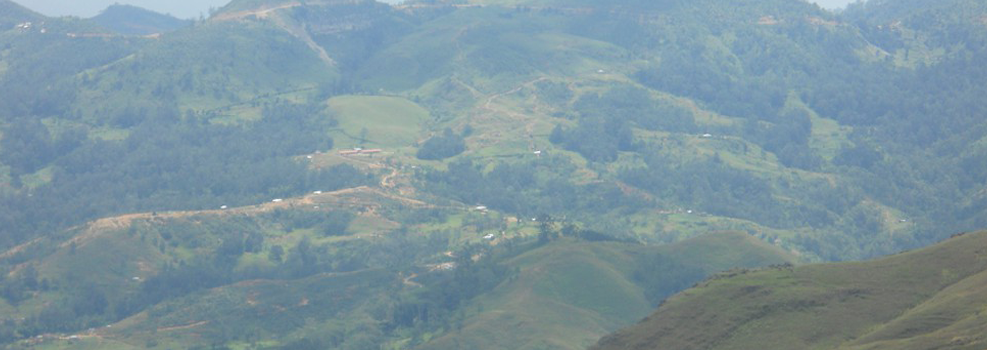The History of East Timor - Timor Leste
The island of Timor and East Timor, in particular, had no written history until the arrival of the Europeans in the 16th century because the Timorese had no writing systems. All cultures, traditions, and stories have been passed on from generation to generation through the oral tradition of Lia Nai'n and Katus Adat (traditional leaders). Each Lia Nai'n in each district or village tells its version of the story of its ancestors, where they came from, and how they arrived on the island of Timor. An Australian researcher, Peter Spillet, compiled a comprehensive oral history of the island of Timor in the 1990s, starting from Kupang to Tutuala. I will publish some of these stories on Kamanasa.
According to Lia Nai'n, the traditional leader of Timor Island, the Makasar people from Sulawesi (Celebes) travelled to Timor Island regularly looking for sandalwood. They took bronze and iron to Timor and taught them how to make spears, arrows, and arcs. They did not convert people to Islam, but they intermarried with the local women, so I'm sure some of the Timorese people carry the DNA of the Makasar people.
The Chinese were the first outsiders to visit Timor Island in the 13th century. They travelled to Timor to look for sandalwood, honey, and beeswax. Unlike Europeans, the Chinese did not intend to spread their culture or religion to the people of Timor. They were just commercial traders. They traded silk for sandalwood and honey. So the Chinese have been in Timor for a long time, and some of them even get married to Timorese women.
Two colonial powers, the Portuguese and the Dutch, fought each other to conquer the island of Timor for its richness in sandalwood. This aromatic wood can increase the wealth of their kings and queens. They fought each other for decades, and finally, they split the island into two parts in 1859, when Charles Darwin published his controversial book, The Origin of Species. The Dutch ruled West Timor until 1945, and the Portuguese ruled East Timor until 1975. Then a new Southeast Asian coloniser, Indonesia, invaded East Timor in December 1975 and incorporated half of the island into Indonesia. Finally, after 25 years of suffering, East Timorese voted for independence through a UN-sponsored referendum on 30 August 1999 and became a nation on 20 May 2002.
That is how East Timorese people struggle for their existence and survival.

